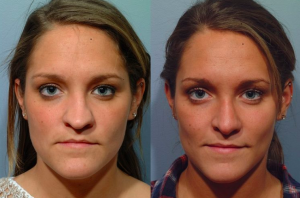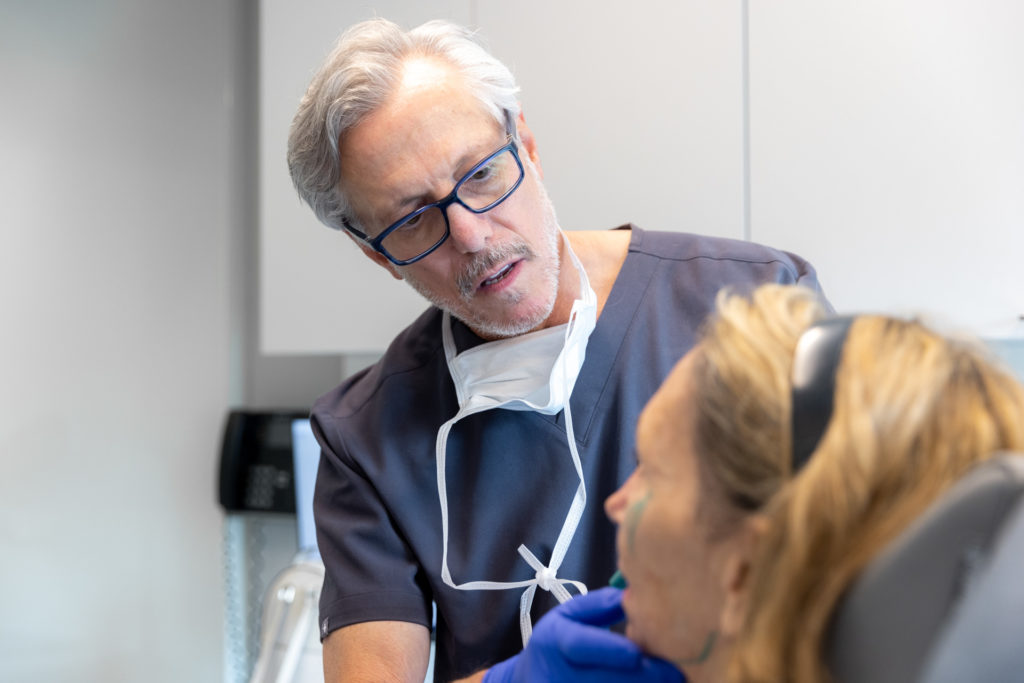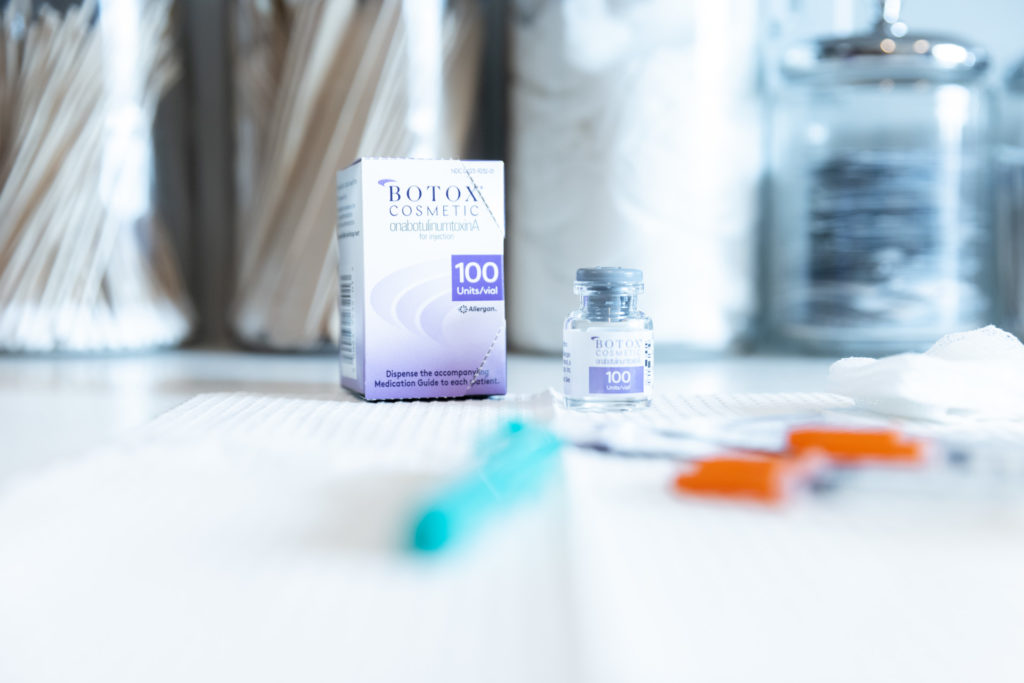
HOW MANY TIMES CAN I GET REVISION RHINOPLASTY?

(he did not perform the first surgery).
With the nose being the focal point of the face, it’s no wonder why rhinoplasty is a popular cosmetic procedure. Rhinoplasty is considered the most technically challenging cosmetic facial surgery because of the nose’s complex contours and intersecting concavities and convexities. Sometimes, a procedure does not go as planned. Whether it is a failed procedure or your dissatisfaction with the results, up to 15 percent of primary rhinoplasty patients seek a revision.
While there is no set number of how many revisions can safely be performed, with each revision rhinoplasty comes a new set of challenges. Revision surgery is more complex than the first surgery, and additional surgeries may have a higher rate of complications than the first unless performed by an expert in revision rhinoplasty and if a patient is not willing to accept less than 100 percent improvement.
THE COMPLEXITY OF REVISION SURGERY
After the initial or primary rhinoplasty, scar tissue begins to form because the skin is separated from the crucial infrastructure of the nose. This trauma to the soft tissue may cause the skin to weaken and thin. The skin may then become thinner and less forgiving of hiding any imperfections that may be present underneath. We call that shrink-wrapping.
Furthermore, primary rhinoplasty is typically a reduction of the tissue and structure of the nose. Special care must be taken to maintain structural support to the infrastructure of the nose every time a reduction is performed. Further reduction could lead to a weakening of the nose if support has been lost.
Also, when the primary rhinoplasty is performed, the surgeon will use the natural landmarks of the nose as a guide to navigate its anatomy and make safe, predictable changes. In a revision, the anatomy has changed, making it more difficult for the surgeon to navigate the aesthetics of a patient’s face. We now use grafts, most often from the patient’s own cartilage, to restore structure and strength in revision rhinoplasty and even in primary rhinoplasty to reduce the need for potential revision surgery the first time around.
REALISTIC EXPECTATIONS
With an initial rhinoplasty, a patient is excited and hopeful of the outcome. After a patient has had nose surgery that did not come out favorably or had dissatisfying results, that patient may be more skeptical and anxious about the revision. An individual will pay more attention to minor imperfections that may have been overlooked in the primary surgery. It is important for any individual considering revision surgery to keep realistic expectations and communicate effectively with their surgeon about possible outcomes.
PICKING THE RIGHT SURGEON
It is always advised to choose a board-certified facial plastic surgeon. Due to the complexity of revision rhinoplasty, it is beneficial to look for a specialist who has performed a high volume of revisions. Dr. Pearlman has performed revision successful surgery on patients who have had even four or more prior surgeries on their nose. As long as you respect the skin and restore support, noses can be operated on with predictable success. Despite all the challenges mentioned, a great outcome can be achieved when you choose a surgeon with specialized experience.
If you are unhappy with the appearance of your nose, schedule your consultation with Dr. Pearlman to discuss revision rhinoplasty options. Call our office today at 212-223-8300.




